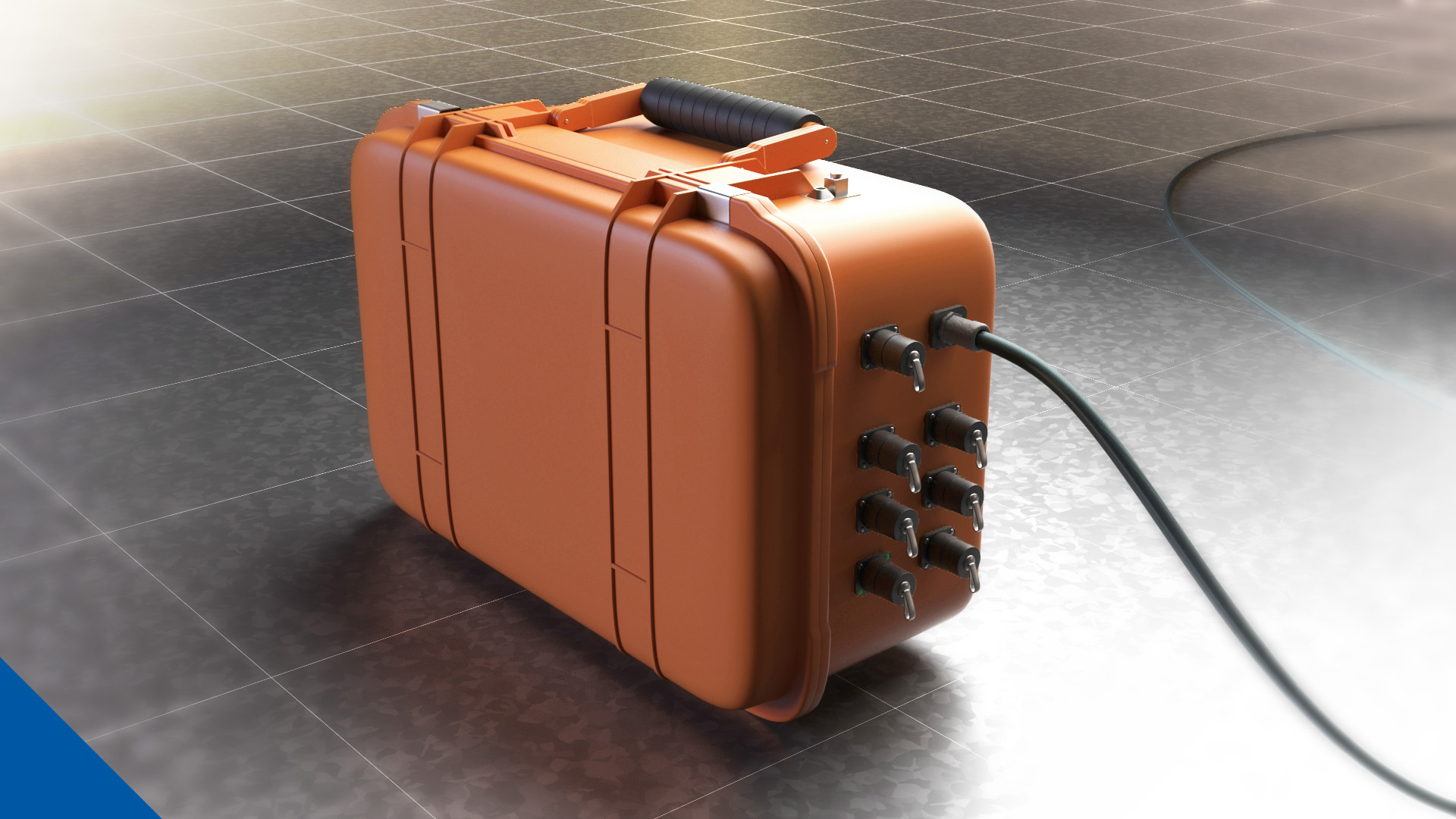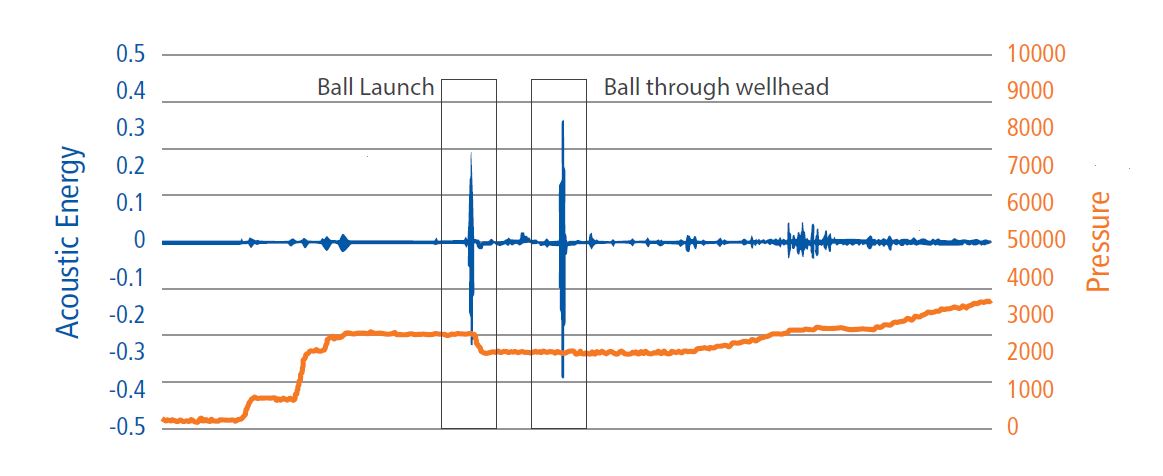ePLUS Retina improves timing of stimulation operations in ball-activated/plug-and-perf hybrid completion

Background
The ePLUS™ Retina monitoring system provided precise timing of completion events, enabling the calculation of exact fluid volumes to stimulate each stage. The system also saved time and resources when balls were not detected due to a problem with the ball launcher.
Packers Plus provided live monitoring and event verification for a third party 35-stage ball-activated/plug-and-perf hybrid completion in the Permian Basin. The ePLUS Retina monitoring system successfully confirmed ball launch and port shift events, as well as plug setting and perforation gun detonations.
This independent confirmation service supplied the operator with an additional layer of information to effectively troubleshoot and improve operational efficiency.
Challenge
The hybrid completion was restricted to daylight hours only, so the operator had to maximize efficiency to lower total costs as much as possible.
The system combined cemented ball-activated sleeves using degradable balls for the lower 25 stages with plug-and-perf for the upper 10 stages.
Solution
The Packers Plus ePLUS Retina monitoring system uses an array of sensors that collects and analyzes signals from multiple locations on the wellsite, independently from the data van.
At data sampling rates of 10,000 times per second, Retina can capture events that may be missed or ambiguous due to the conventional sampling rate of once per second. This is important because when signatures are missed, time and resources are wasted. For example, if a ball launch or sleeve shift is missed, duplicate balls may be dropped, as well as several extra wellbore volumes of fluid.
Results

In total, the Retina monitoring system verified:
- 94% of all 35 ball launches
- 100% of all 25 port shifts
- 100% of all 10 plugs setting
- 100% of all 40 perforation detonations
Due to daytime-only operations, there were concerns about maintaining pressure integrity due to the last ball of the day degrading overnight. To account for this, the next morning, the same ball was launched and confirmed to land on seat. As this was happening, Retina confirmed the ball from the previous evening passing through the seat.
During one of the initial stages, Retina operators observed the ball launch, but not did not detect it travelling through the wellhead nor landing on the seat. A second ball was launched, with the same result. Without wasting further balls or fluid, the launcher was taken apart, and both balls were found trapped at the valve that should have released them to the frac line. After this, all balls were launched manually.
For each stage, the ball was launched and observed moving through the wellhead. This allowed the operator to calculate precise fluid volumes and time the pumps to accurately land the ball on seat.
Retina confirmed the ball landing on the seat about 20 minutes later, followed immediately by the port sleeve shift. The detection of both a ball landing on seat followed by a sleeve shifting was an important confirmation that the stimulation was targeting the correct zone.
On average, ball-activated stages took approximately one hour from ball loading to the end of stimulation.
Following the completion of the ball-activated stages, plug-and-perf operations began. Retina verified the plug setting and perforation guns firing, followed by the plug ball launch and seating for the next stage.
On average, plug-and-perf stages without operational issues took approximately 3.5 hours, from deploying wireline to the end of stimulation.
Retina has monitored operations for over 100 operations and more than 2,000 stages, providing a real-time, independent source of information for both pressure and non-pressure events, without interfering with concurrent downhole or data operations. In situations where the traditional response is not typical or absent, Retina can provide accurate information for effective decision making, avoiding the need for trial and error.
